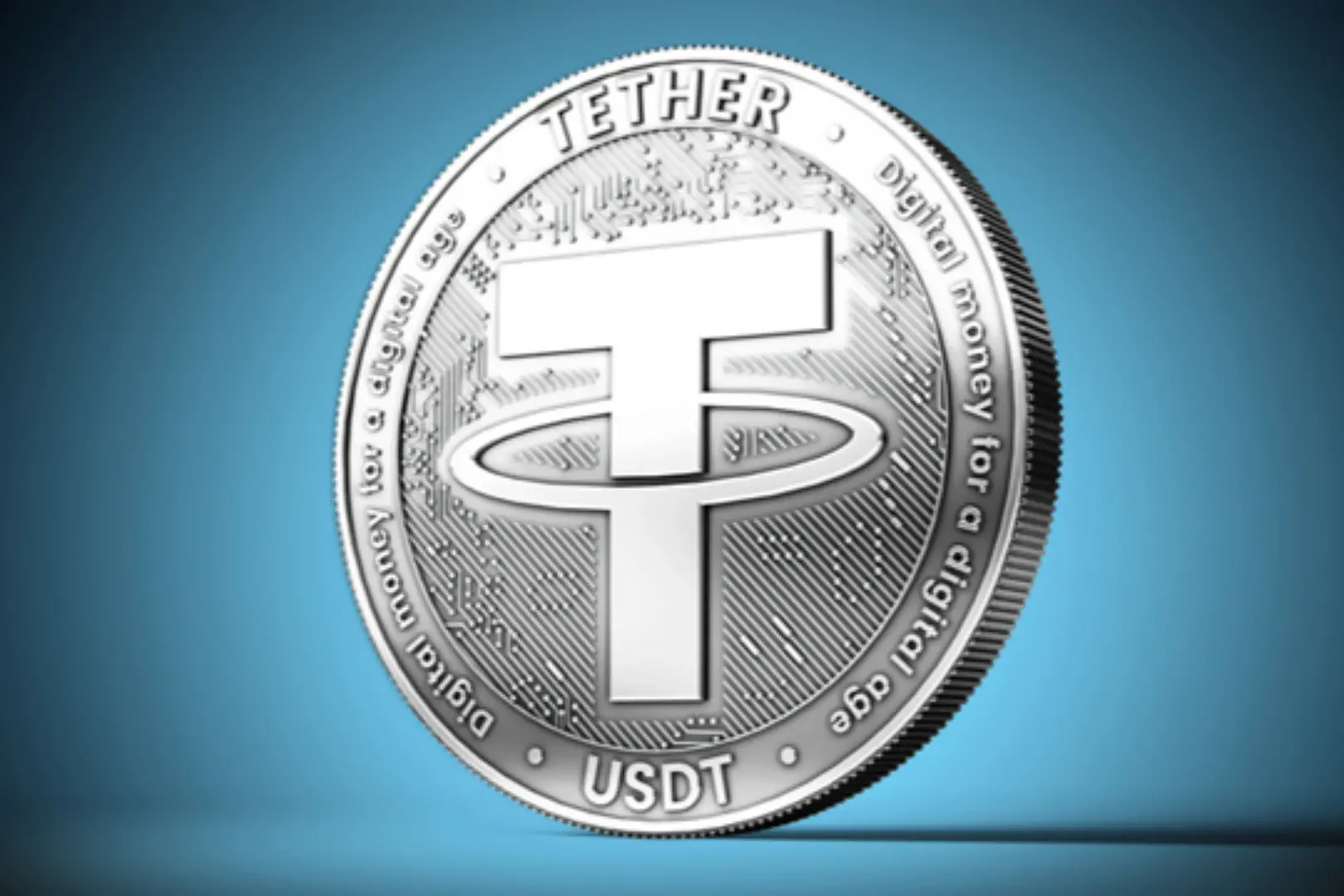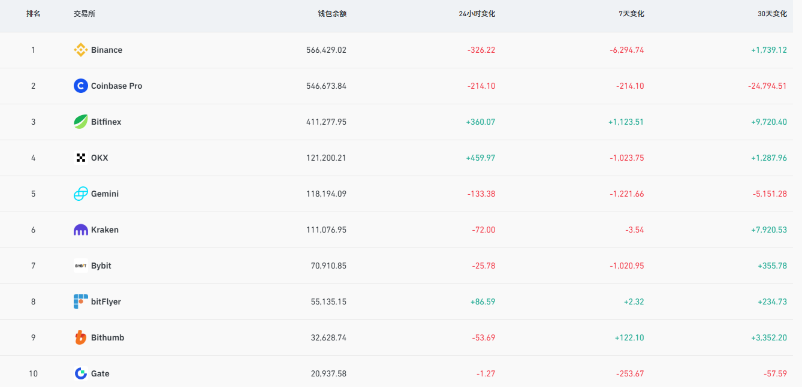Strategic Public-Private Partnerships: Unlocking Africa's Digital Inclusion and Telecom Growth
- Africa's digital transformation accelerates through public-private partnerships (PPPs), bridging the 60% internet access gap via open-source platforms like MOSIP. - Modular systems (e.g., Ghana's GIP, Uganda's UGHub) reduce costs by 30-40%, enabling cross-border interoperability aligned with AU's 2030 digital strategy. - Telecom leaders like MTN and Safaricom demonstrate scalable returns, with M-Pesa serving 50M users and MTN's stock rising 22% in 2025. - Global initiatives (50-in-5, UPI adoption) and Af
In the vast, sun-scorched landscapes of Africa, a quiet revolution is unfolding. The continent, long plagued by a digital divide, is witnessing a surge in internet infrastructure driven by innovative public-private partnerships (PPPs). These collaborations are not merely technical exercises but strategic alliances that promise to transform economies, empower communities, and unlock unprecedented investment opportunities. For investors, the question is no longer whether Africa's digital future is viable but how to position capital to benefit from its rapid evolution.
The challenge of expanding internet access in Africa is formidable. Over 60% of the population remains offline, with rural areas and informal settlements like Nairobi's Kibera facing the most acute gaps. Yet, the solutions emerging from PPPs are as creative as they are scalable. Take the Modular Open-Source Identity Platform (MOSIP), an open-source digital ID system inspired by India's Aadhaar. Deployed in nine African nations, MOSIP reduces implementation costs by 40% compared to proprietary systems, enabling governments to build interoperable digital ecosystems. This is not just about IDs; it's about creating a foundation for digital payments, e-governance, and financial inclusion.
The success of these models lies in their ability to leverage existing infrastructure. For instance, Ghana's GHIPSS Instant Payment System (GIP) and Uganda's UGHub data exchange platform demonstrate how modular, open-source systems can be adapted to local needs. These platforms, developed with private-sector expertise and public-sector oversight, have slashed transaction costs and expanded access to financial services for millions. Investors should note that such systems are not isolated experiments but part of a broader trend: the African Union's Digital Transformation Strategy (2020–2030) aims to harmonize digital frameworks across 55 nations, creating a unified market for telecom and fintech innovation.
Consider MTN Group, Africa's largest mobile operator. Its partnerships with governments to deploy 4G networks in rural areas have not only expanded connectivity but also driven revenue growth. MTN's stock has appreciated by 22% in the last year, reflecting investor confidence in its role as a PPP enabler. Similarly, Safaricom's M-Pesa mobile money platform, which now serves 50 million users, has become a cornerstone of Kenya's digital economy. These companies exemplify how telecom firms can scale infrastructure while generating sustainable returns.
Yet, the most compelling opportunities lie in the intersection of technology and governance. The 50-in-5 campaign, a pan-African initiative to deploy digital public infrastructure (DPI) in 50 countries by 2028, is attracting global partners like India's UPI and the World Bank. By adopting proven technologies and open standards, African nations are avoiding the costly pitfalls of bespoke systems. For instance, Namibia's adoption of UPI for real-time payments has reduced transaction fees by 30%, while Rwanda's alignment with the Digital Public Goods (DPG) Charter has accelerated local tech ecosystems.
Investors must also consider the regulatory landscape. The African Union's Malabo Convention on Cybersecurity and Personal Data Protection is a double-edged sword: it ensures privacy but also creates compliance hurdles. However, countries that harmonize their frameworks—like Ghana and Tanzania with their interoperable payment systems—will attract more capital. The MSCI Africa Information Technology Index, which has outperformed global peers by 15% in 2025, underscores the sector's resilience.
For those seeking high-impact, sustainable growth, the path is clear. Prioritize companies and funds that:
1. Leverage open-source platforms (e.g., MOSIP, UGHub) to reduce costs and accelerate deployment.
2. Partner with governments to access subsidies and regulatory support, as seen in Congo's telecom PPPs.
3. Focus on cross-border interoperability, aligning with AU frameworks to tap into the AfCFTA's $3 trillion market.
Risks remain, of course. Political instability and underdeveloped regulatory environments can derail projects. But for investors with a long-term horizon, the rewards are substantial. Africa's digital transformation is not a speculative bet—it is a calculated, data-driven opportunity to build infrastructure that will underpin the continent's next decade of growth.
In the end, the lesson from Africa's PPPs is universal: the most transformative investments are those that bridge the gap between public ambition and private innovation. As the continent's digital networks expand, so too will the fortunes of those who recognize the power of strategic collaboration.
Disclaimer: The content of this article solely reflects the author's opinion and does not represent the platform in any capacity. This article is not intended to serve as a reference for making investment decisions.
You may also like
Tether financial analysis: Needs an additional $4.5 billion in reserves to maintain stability
If a stricter and fully punitive approach is applied to $BTC, the capital shortfall could range from 1.25 billion to 2.5 billion USD.

The fundraising flywheel has stalled, and crypto treasury companies are losing their ability to buy the dip.
Although the treasury companies appear to have ample resources, the disappearance of stock price premiums has cut off their financing channels, causing them to lose their ability to buy the dip.

Nearly 10,000 bitcoins withdrawn from exchanges, is the market about to change direction?

